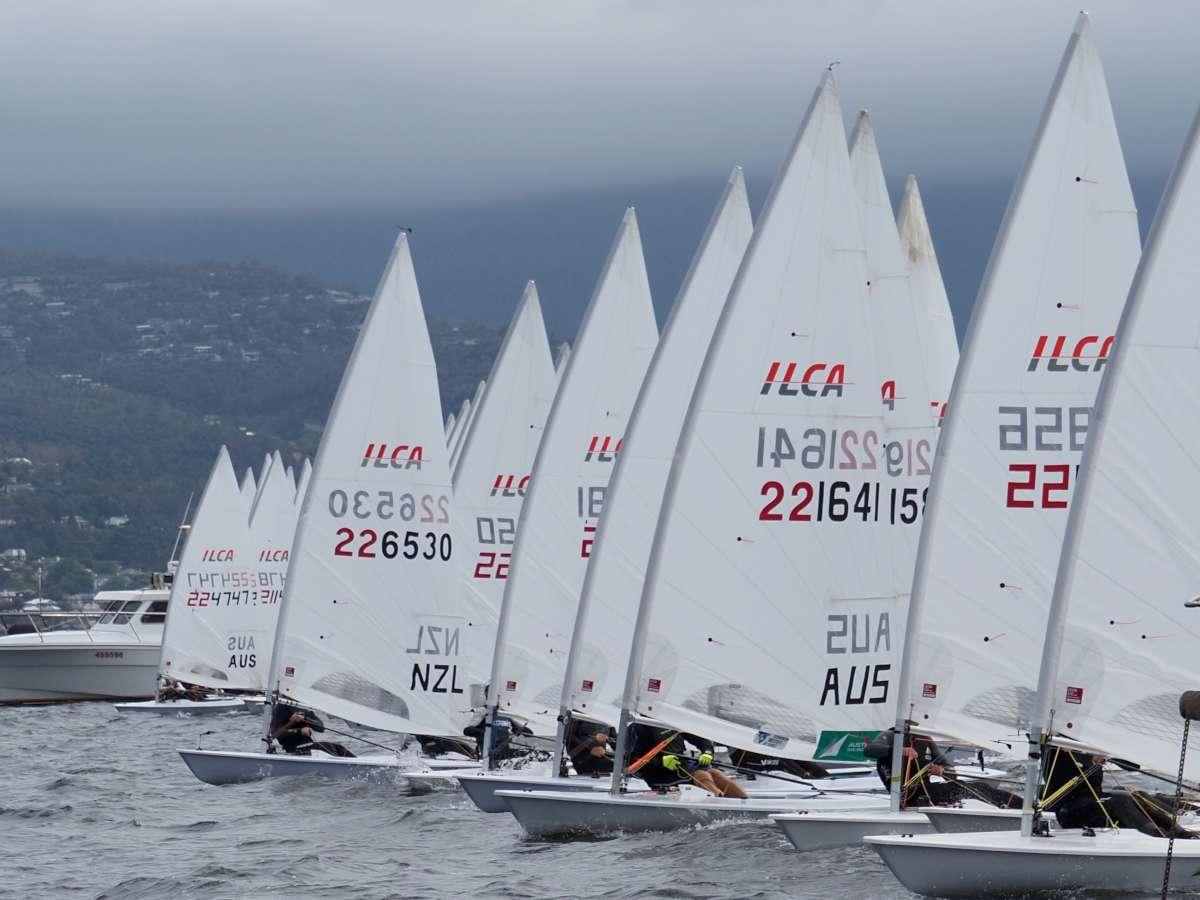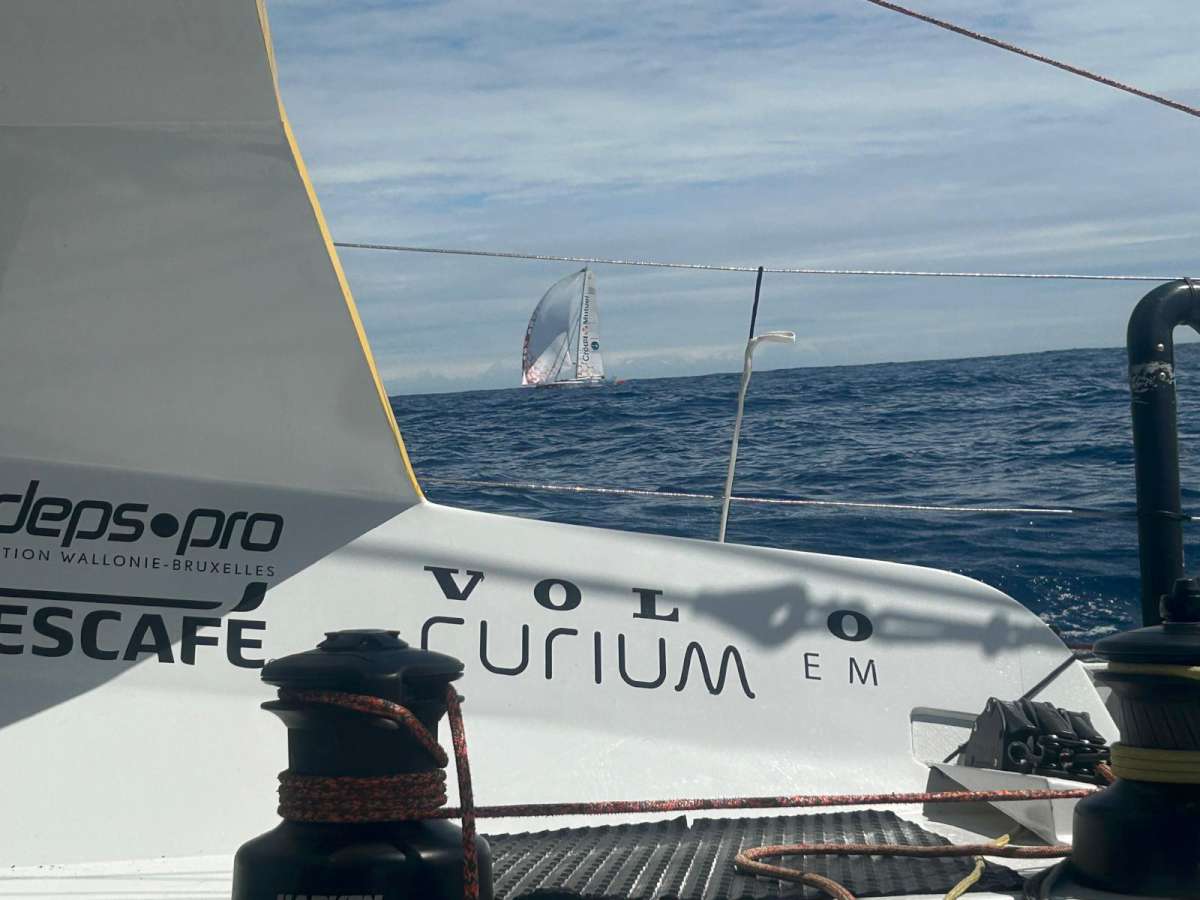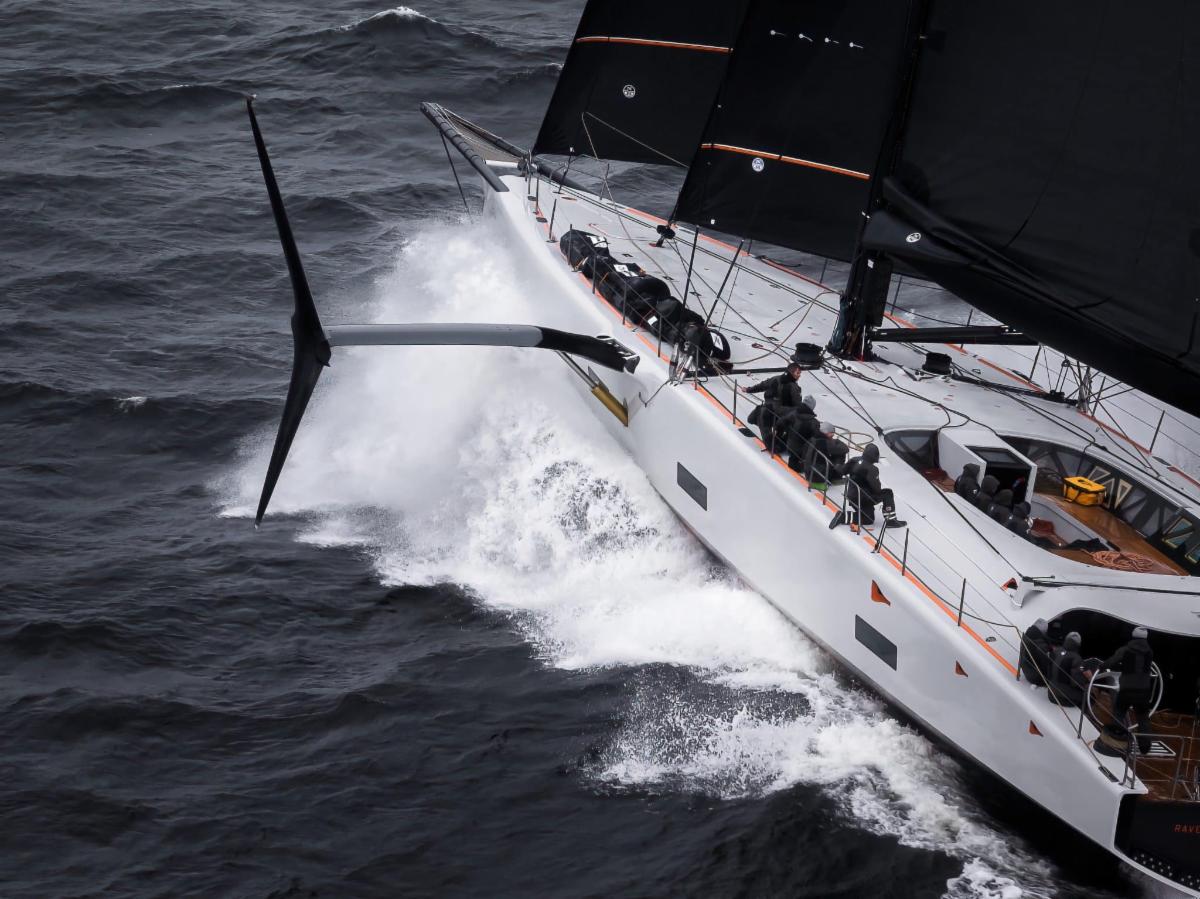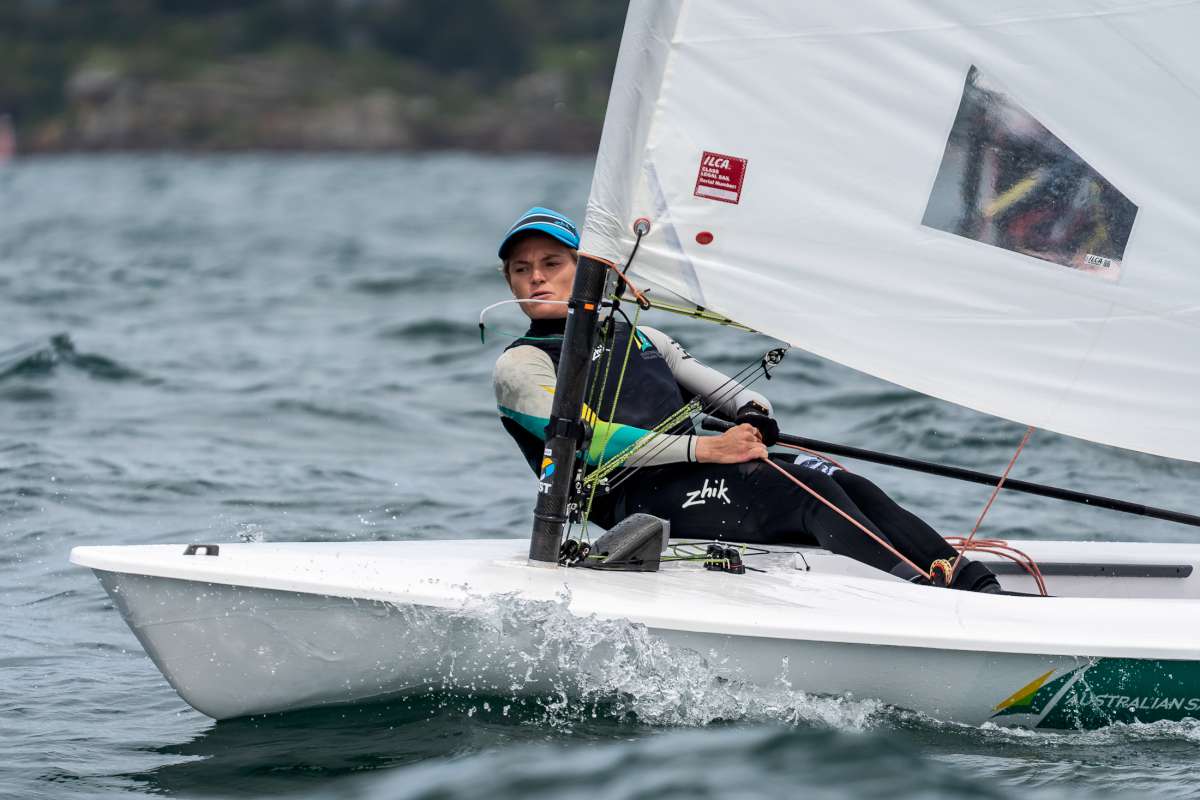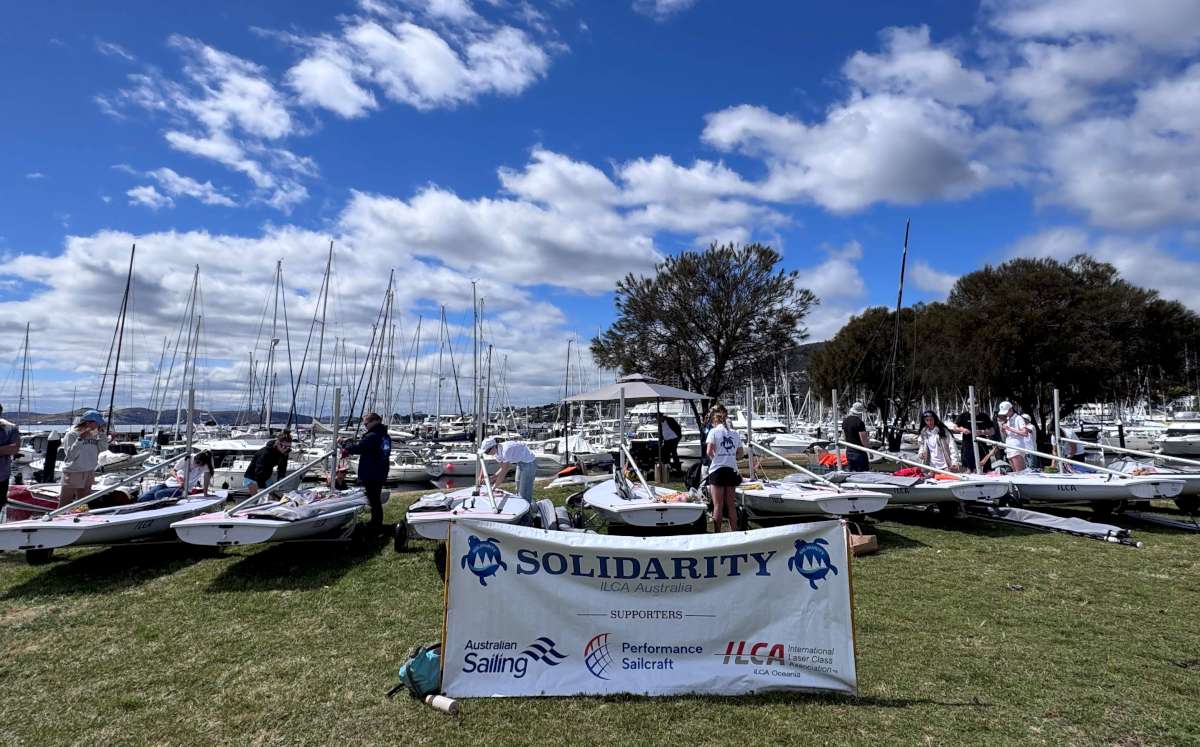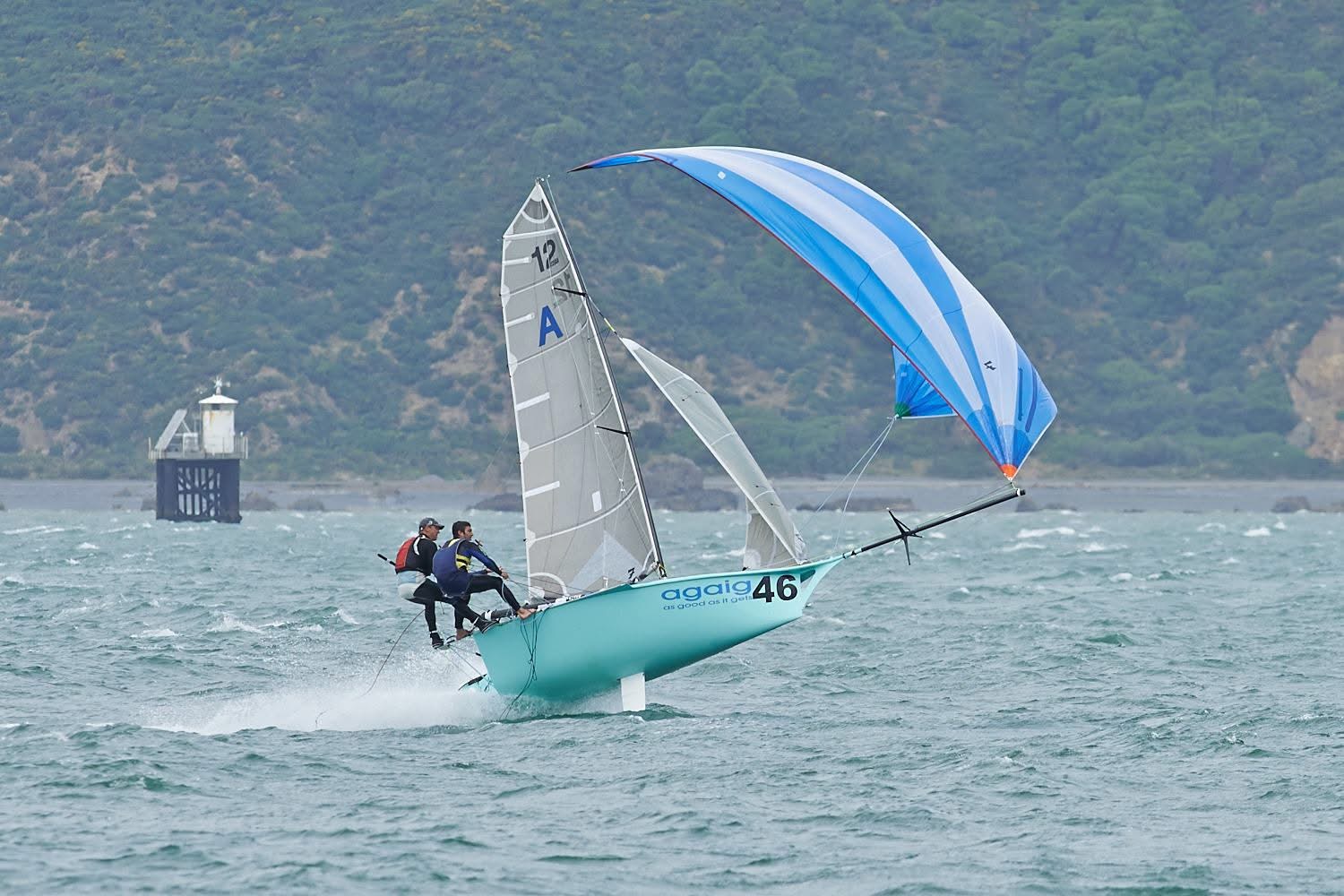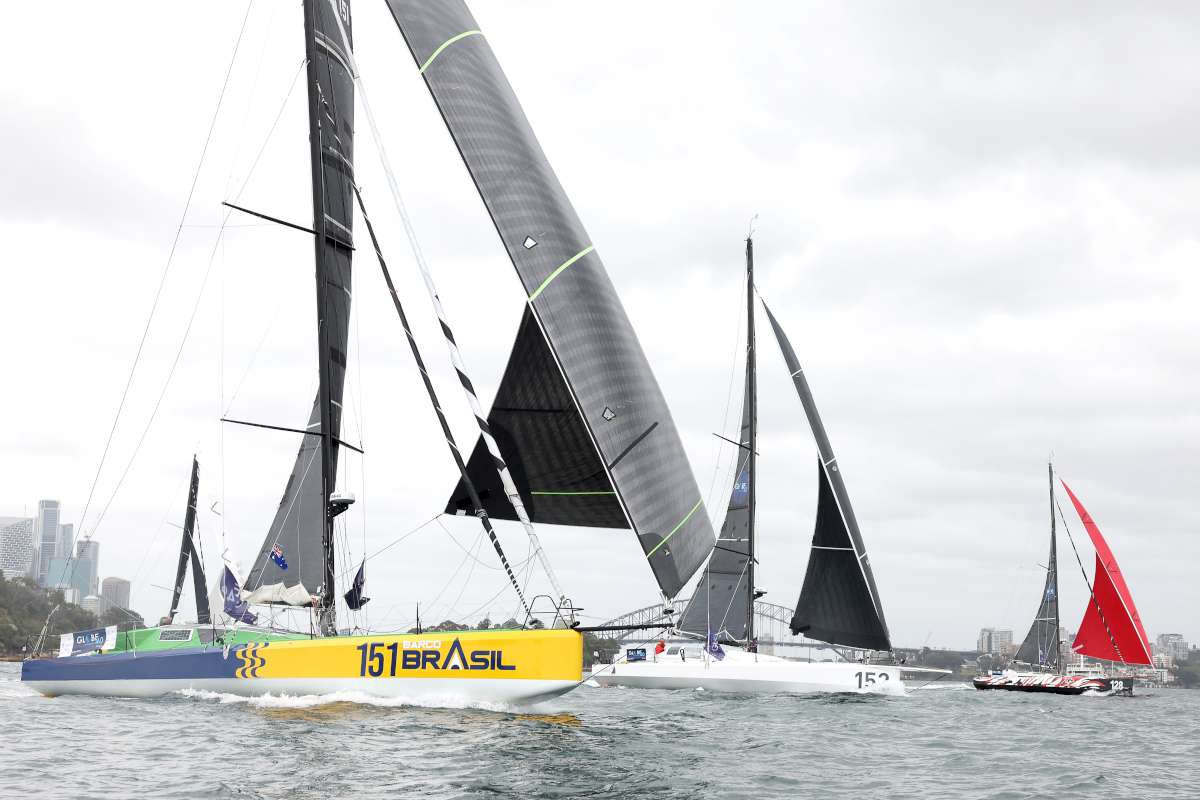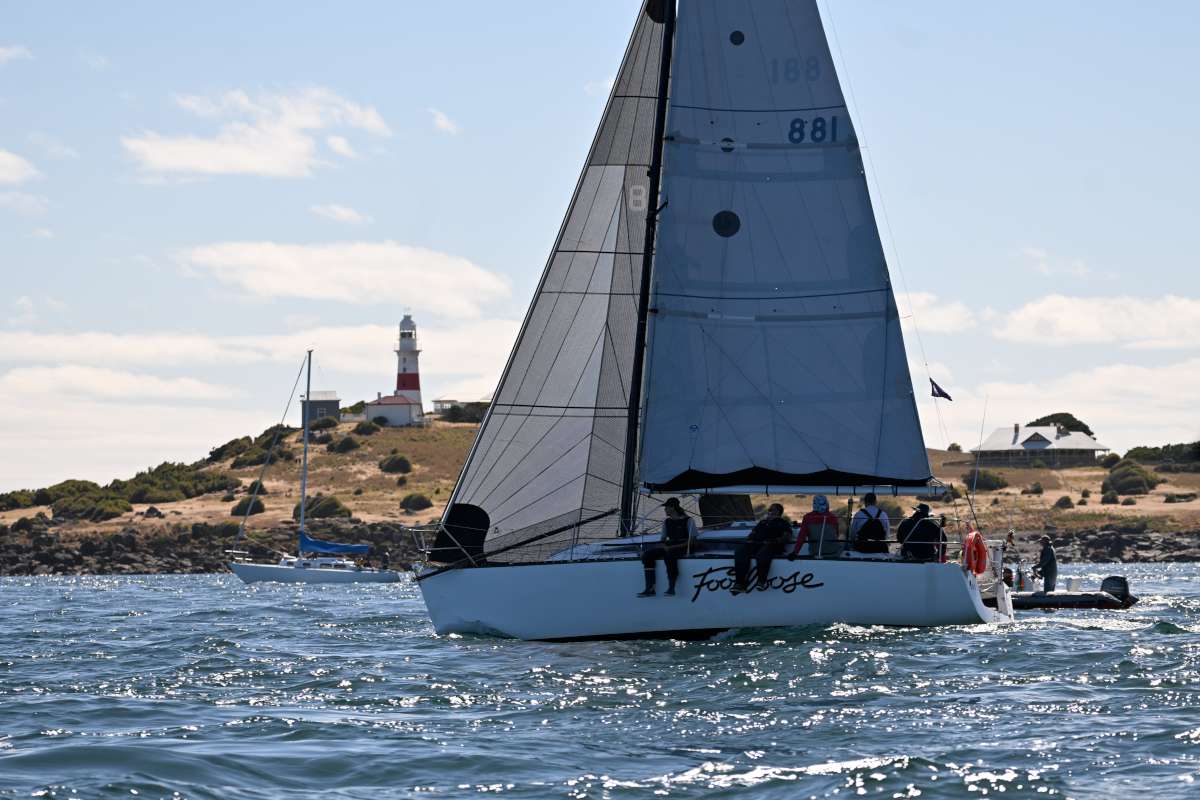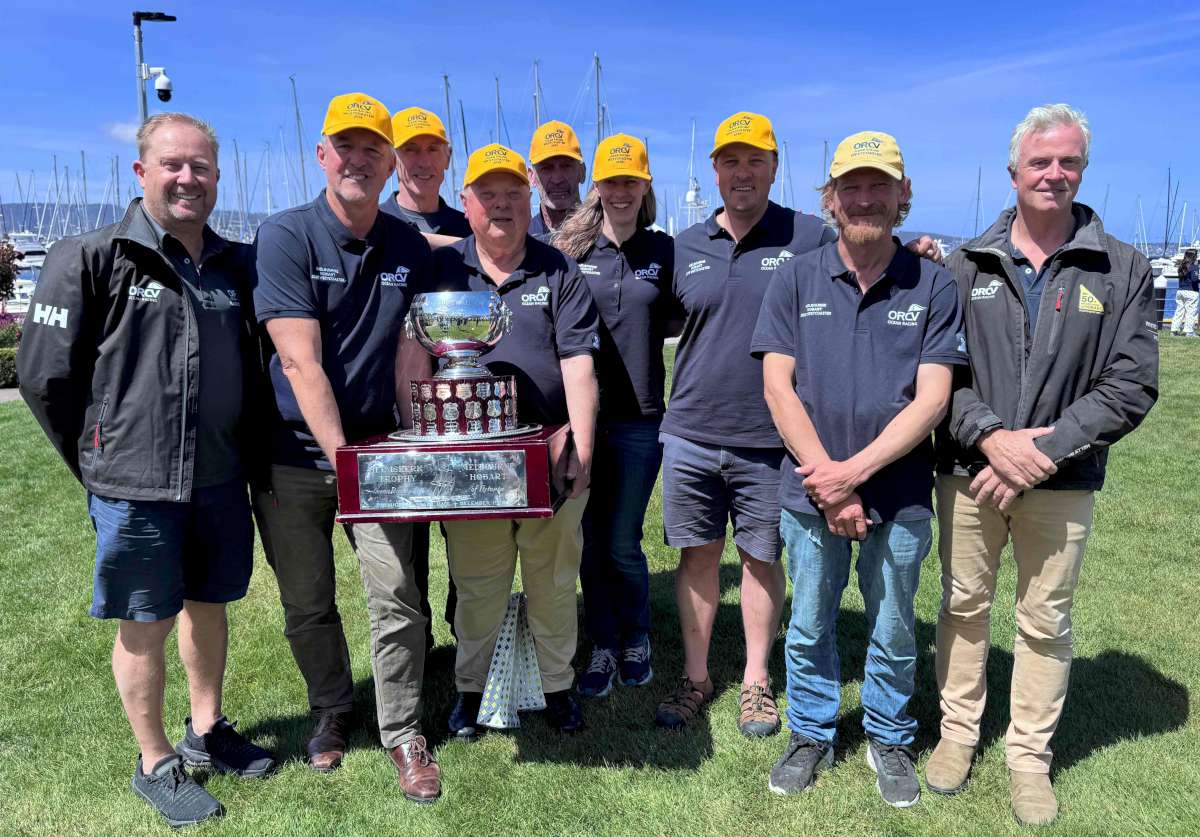Feature: Chartering in Europe
Many a devout sailor has been lured away from the “true” path by Europe's famous canal system. Betty Dack shares her adventure and offers some advice on how to follow in her footsteps.
Bob and I had been in Spain for the Louis Vuitton Cup, the challenger series for the America's Cup (which once was of interest in Australia!) and also to visit our son, who was involved with the cup. To conclude our European visit we decided to proceed to France and hire a canal boat ð just a taste, mind you, for one week. To add to our enjoyment our good friends Frank and Jenny Romano decided to join us. What a wonderful week we had.
Nicolas
Our boat was waiting for us at Digoin, a charming town southwest of Dijon on the Loire River. She was a Triton 1050 with two double cabins (each with a double and single bunk), bathroom with hand-held shower, a separate toilet, a lounge cabin with galley and a covered stern deck. This gave four people adequate sleeping space, plus the space to stow our travel luggage. Nicolas was well maintained, and we had no mechanical problems. At our request the boat was provisioned with a food hamper, and also bedecked with four bicycles for excursions to nearby towns and a visit to the goat-cheese man. The maps provided were clear and were accompanied by pages on the history and local points of interest of our route.
Philippe, the maintenance man, arrived to give skipper Bob a run-down on the operation of the motor and other technicalities. Then, with paperwork completed ð and impatient to make the most of every minute ð we departed the port de plaisance at 1430 hours on Sunday with Bob at the helm, and proceeded along the Canal Latéral à la Loire in high spirits.
First lock
Within ten minutes the cameras were out to capture the point where the Canal passed over the Loire River. Half a kilometre farther along came our first experience of a French lock. Each lock had a lock-keeper's cottage, which was made attractive by its colourful flower boxes and gardens, and they took great pride in its presentation.
We managed a nod and a “Bon jour!” in greeting the lock-keeper (l'eclusier), who took charge of the operation. Our lines were attached fore and aft, but held in the hand so as to be let out as the water level fell. Those lines were very harsh on the hands, and I noted the need to use heavy gloves. Nicolas dropped down below ground level, water was pumped out vigorously, and when the water pressure on both sides of the gates was equalised and the water at the same level, the lock-keeper could proceed to wind the handle and laboriously open the lock gates. The lines were retrieved and tied, and with a wave and a “Merci” to the lock-keeper, we were away. He would often enquire if we were going on to the next lock, and if our reply was in the affirmative he would sometimes ring ahead to inform them or else jump in his car and drive there to do the honours himself.
European summer
The beautiful intense green of the European trees that lined the canal and the surrounding countryside captivated us, as we had left behind drought conditions in Australia. Herons quietly moved away on our approach. The bird life was plentiful, and on one occasion a deer attempted to swim the canal, and succeeded after several attempts. The houses of the town slipped by and were replaced by the occasional farm-house. On passing a lone fisherman we would try to engage his attention with “Quelque de poissons?” (any bites?). We were pleased the weather was fine, although the wind direction and strength were not of any consequence on this inland waterway. Two more locks ð Thaleine, 15km along at Coulanges, and Oddes a little later ð were negotiated before we chose our spot for the night at Pont de Pierrefitte.
Do as the French do
How well we dined for the duration of the trip. Jenny and Frank had been in France for a fortnight before joining Nicolas and were well versed in the purchase of fine cheeses, pâtés and wines. Every night at sundown we sampled these delights at happy hour in the lounge at the stern of the boat before cooking dinner aboard. Each morning we emerged to find a large bowl of fruit salad with yoghurt, baguettes or croissants and brewed coffee. Lunch was usually a simple salad, while we each took turn to cook dinner. It wasn't long before extra provisions were required.
On Monday morning we rose to find we had no hot water because this could only be provided when the motor was run, so breakfast was delayed until 1045 hours while we walked into Pierrefitte-sur-Loire to find the local supermarket. How friendly the shopkeepers were and how patient with our elementary French. Back at the boat we motored on to locks no.4, Theil, and 5, Putay, and completed our ablutions on the way. Other canal boats passed, and we waved to Christina and L'Arabesque. At 1330 we negotiated lock 6 and took Pont Canal de la Besbre to the town of Dompierre-sur-Besbre, which was good for a three-hour shopping excursion. Back on the Loire canal we motored past the Abbey des Sept Fons to lock 7, Bessais, before mooring for the night at Beaulon. It was necessary to keep an eye on the time as we motored along, for the lock-keeper's day finishes at 1900 hours.
Visit to the goat-cheese man
Next morning after negotiating the Beaulon lock we waited for the heavy rain to abate before leaving Nicolas and walking into town. By now it was hot and humid, but Beaulon was only a kilometre away. Clos du May was lock no.9, followed by a luncheon stop at Garnat-sur-Engievre and lock no.10 at Pont de Rosière. On the port bank a little farther on was a sign advertising goat cheese at a nearby farm, so on reaching Les Gailloux we retrieved the bicycles from the foredeck and off we set for the goat farm. I mounted my steed very carefully, for it was only the third time in my life that I had ridden a bicycle, and I was wary of the dirt track. The goat cheese we bought for a few euros would have cost twice that amount at home. Then one more adventure awaited us after passing lock no.12, Vanneaux ð a walk to the town of Gannay-sur-Loire to see the large stump of a tree which was planted in 1597 by the finance minister of Henry IV. Our overnight stop by the grassy bank at Vennaux was in company with several other boats.
Falling lock: rising lock
The following day, Wednesday, was the turning point of our trip. Three more locks were negotiated ð 13 L'Huilerie, 14 La Motte and 15 Saux, before we moored just outside the city of Decize. The bicycles came out again for a trip to town, and I thoroughly enjoyed pedalling along by the canal under the green leafy canopy. However, the traffic was a little too busy for me by the shops, and since it was also on the wrong side of the road, I thought it prudent to walk my bike back to the canal. We had travelled some 87km from Digoin, but regretfully it was time to retrace our steps. So back on board we began by revisiting lock 15, this time on a rising lock. The rope-handling necessitated passing the rope to the lock-keeper above via a boat hook before making it fast, and then retrieving it as the boat rose. Past the next two locks, we revisited Vennaux and played euchre with French playing cards that night in the rain.
There was a certain difficulty before we could proceed to Gailloux and lock no.11 on Thursday. Two commercial barge operators were having a difference of opinion as to who should enter the lock first, and certainly there was only room for one at a time. Almost two hours later it was resolved – perhaps with a little help from the lock-keeper. We covered locks 11, 10, 9 and 8 in heavy rain and a thunderstorm dressed in our heavy-weather gear, but didn't complain, even if it were a little difficult handling the ropes with an umbrella in one hand as well. This countryside could not possibly be so verdant unless it received the sort of downpour we were having. It was still raining as we passed through locks 7, 6, 5 and 4 and tied up at Pierrefitte-sur-Loire after shopping.
Chantez
It was still overcast next day as we headed back towards our starting point. We stretched our legs at lock 3 for a walk around Coulanges, had lunch in a branch canal at Port de Breton, and at lock 1 in Digoin found a large party of school children out for an excursion with their teachers. We waved and spoke to them, encouraging them to sing to us: “Chantez!” ð and a small group did. By mid-afternoon we were mooring where we had begun, at the port de plaisance, Digoin. But as our boat was not due to be returned until the following morning, we took a long walk into the town and shopped for an attractive wall-hanging. Dinner was of quite a high standard at the pub just around the corner, which was certainly well patronised.
Soon after breakfast on Saturday the boat was cleaned and returned to its owners before we trundled our luggage to the nearby station and took the train to return to Dijon. Here we four toasted each other over a superb French dinner, with the final toasts going to “Nicolas” and “La Belle France”!
Author's Bio
Betty and Bob Dack have been sailors since 1968. They started in trailerable boats and from 1981 moved into keelboats, including a Cavalier 28, Spray 45, Challenger 39 and presently a Compass 28. Bob has a Master Class 5 from their 16 years as charter boat operators. Their ocean experience covers the coast from Adelaide to Cairns, where many sailing friendships have been made.
Top tips with the benefit of hindsight
* Request a clear map showing your point of departure.
* Take your sailing gloves with you, and don't forget the camera.
* Keep a log of your progress.
* Have the boat stocked with a hamper if available.
* Take full advantage of local foodstuffs, whether it's baguette and pâté for lunch or a five-star evening meal.
* Bike hire is a must to make the most of your journey.
* Brush up on the language in your host country, and make an effort to use it: you will win friends.
Chartering in Europe
Canal boat charter is available in the following European countries: Belgium, England, France, Germany, Holland, Ireland, Italy, Scotland and Spain. Enquiries may be made in Australia from:
Canalboat Holidays, PO Box 1518, Frankston, Victoria 3199, ph 1300 880 025, email enquiry@canalboatholidays.com
We chartered with France Passion Plaisance, and the 2007 weekly prices for boat without extras, in Australian dollars for our Triton 1050 were:
Low season $1572, middle season $2130 (the rate we paid in June), high season $2582.
Had we chartered a boat of similar length in June, we would have paid in: Germany $4081, Spain $2750 and Italy $2390.
The other charter company we encountered was Locaboat whose weekly price under similar circumstances in France, Germany and Holland was $2284, in Italy $3064 and in Ireland $2043.
Also on Canalboat Holidays' books were Connoisseur, who quoted $3689 in Belgium and Holland, $2869 in England and $4025 in Scotland.
It may be that the weather in the high season (July, August) was even better, but no doubt the canals and locks would be more crowded. We were happy with our choice.






